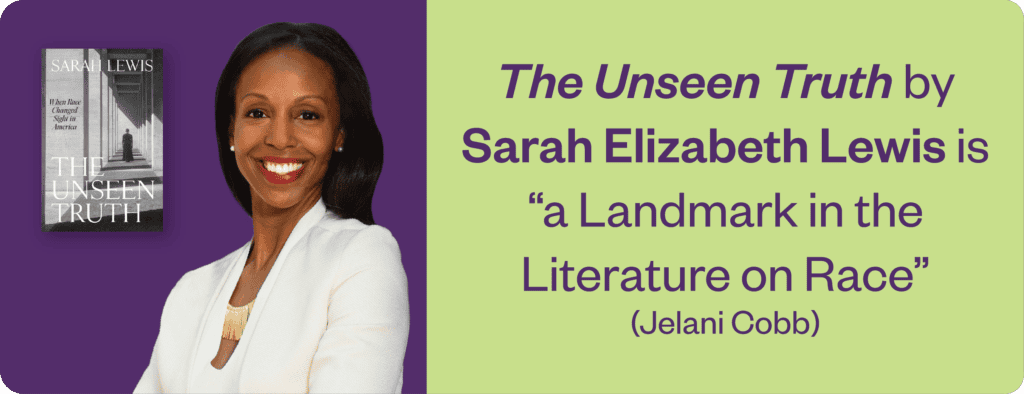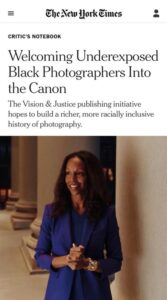Absolutely brilliant. Uniquely astute. Sarah Lewis grows The Unseen Truth from her superb Vision and Justice project into a work of stunning originality.— Nell Irvin Painter (The History of White People)
For too long, images have been used to support racial injustice in America. But now, Vision & Justice founder Sarah Elizabeth Lewis is showing us instead how to use them as a vital tool in our search for equality.
In her hotly anticipated new book, The Unseen Truth (out this Fall), this award-winning art historian reveals the hidden history of a time when Americans were confronted with the truth about America. It’s already being hailed as “a groundbreaking work of visionary scholarship” (Harvard’s Henry Louis Gates, Jr.) and “an indispensable resource to better see ourselves” (Clint Smith, #1 New York Times bestselling author of How the Word Is Passed).
Sarah tells the story of the Caucasian war—the fight for independence in the Caucasus that coincided with the end of the U.S. Civil War—and how it showed that the place from which we derive “Caucasian” for whiteness actually wasn’t white at all. She reveals how visual tactics concealed the truth, and how we can begin to see one another more clearly and start to rebuild together.
Just this month, Sarah was profiled in The New York Times!
This huge feature reveals how her Vision & Justice book initiative publishes monographs on underrepresented Black photographers to build a richer, more inclusive history of photography and the arts. And it’s just one prong of her larger initiative, which aims to achieve full citizenship for all Americans through the power of imagery.
Tyler Mitchell, whose portrait of Beyoncé was the first Vogue cover shot by a Black photographer, calls Vision & Justice “a bible to what has been unseen.”

















